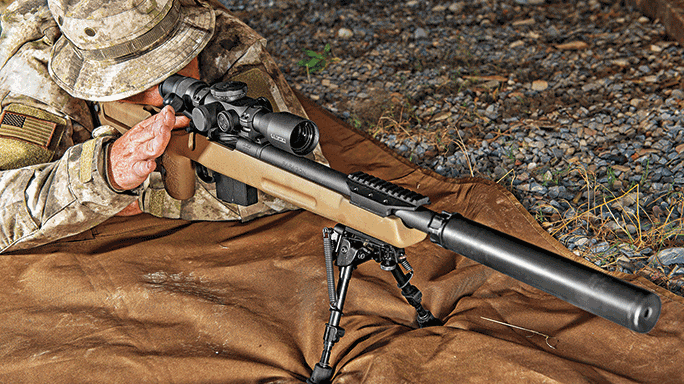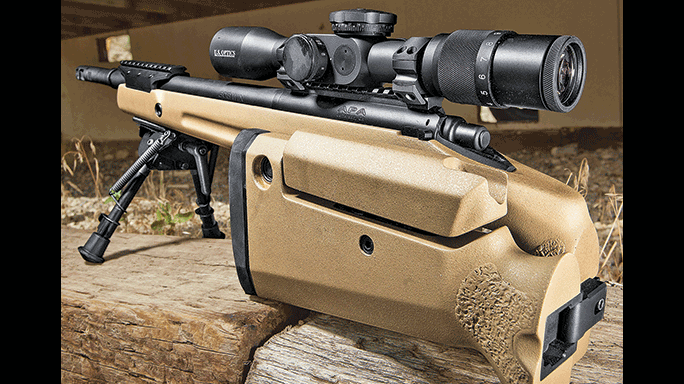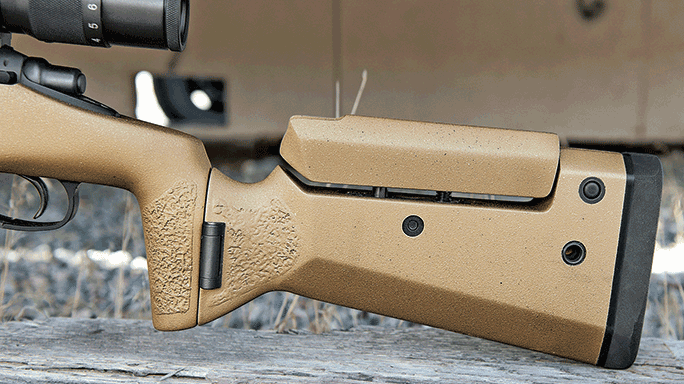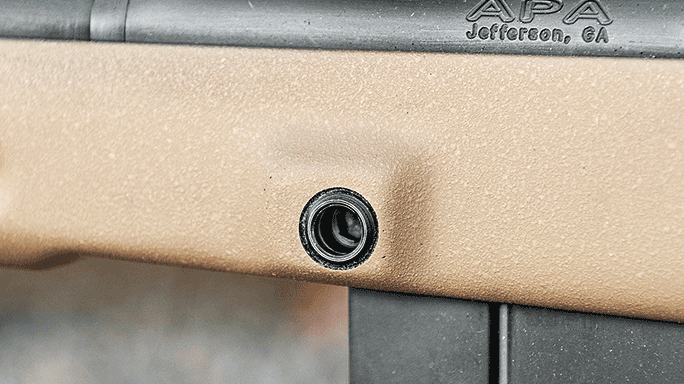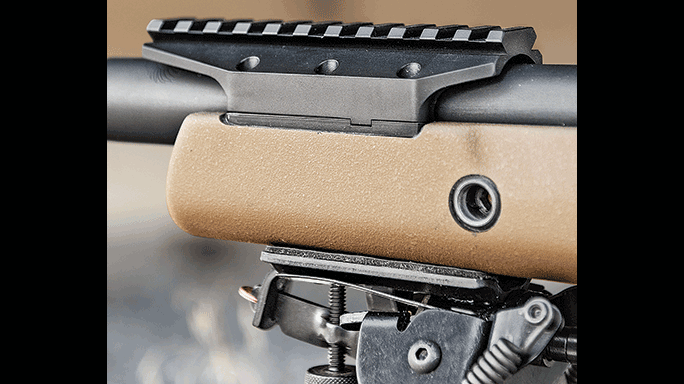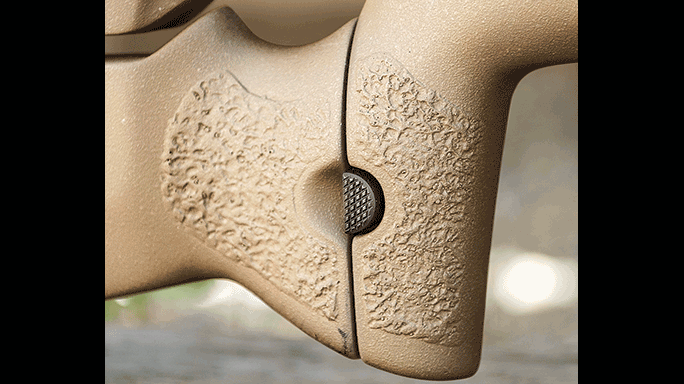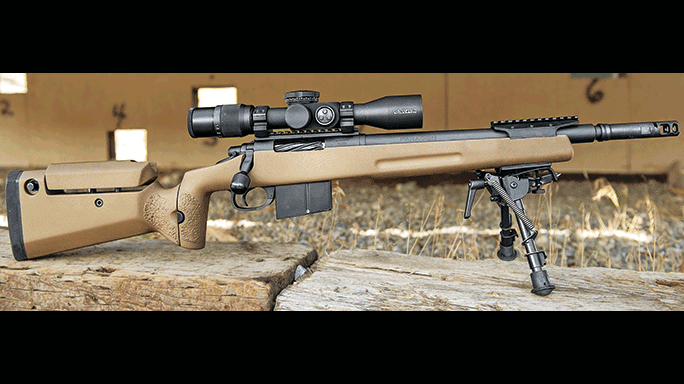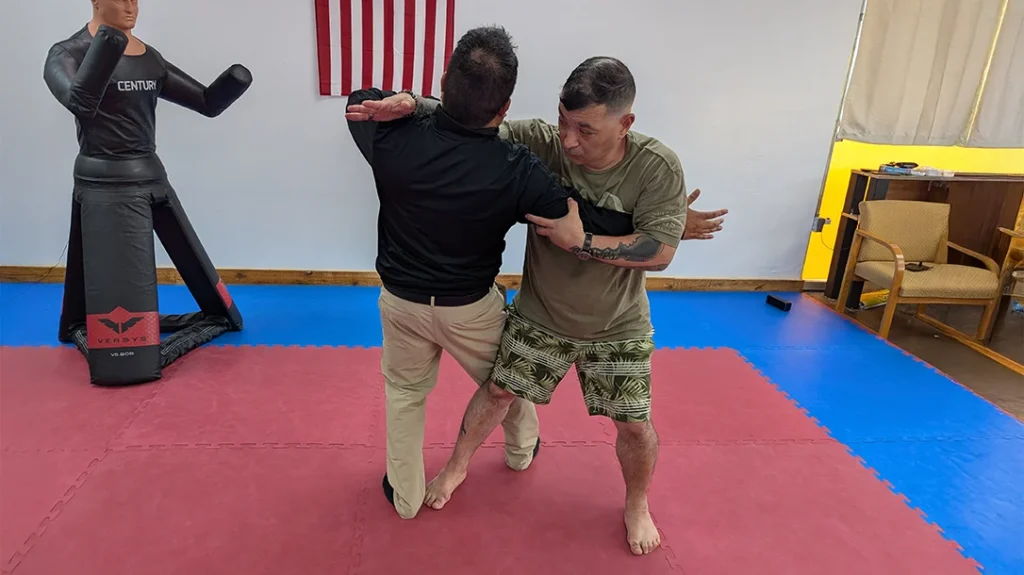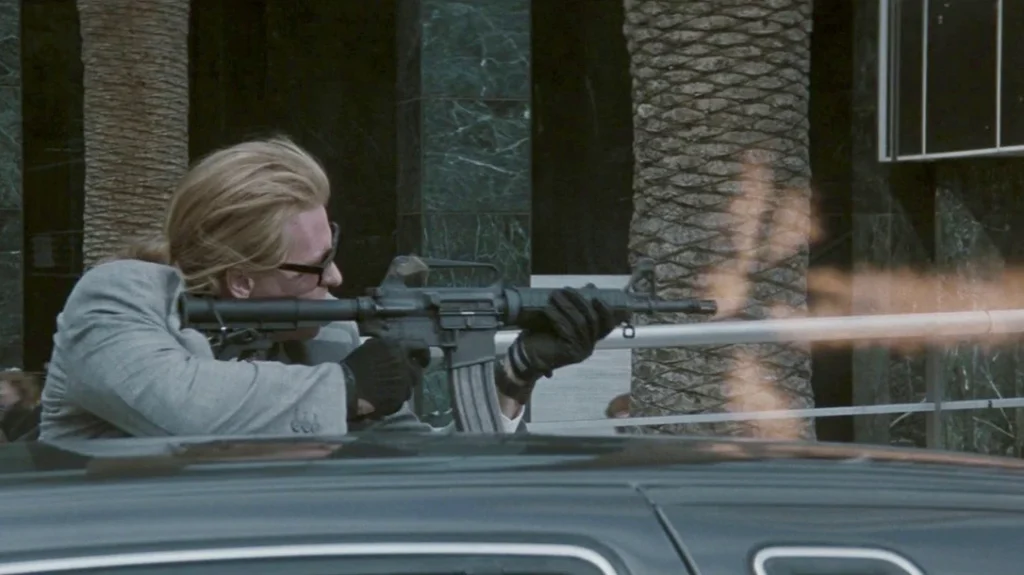Over the years, I’ve heard a number of stories regarding the things people have done to their department-issued weapons—stories that would give most people significant pause.
Rivaling some of the stories told by my active-duty friends, these things range from the officer who used his issued pistol as a hammer to the one who used his shotgun to prop open the trunk of his cruiser. Most cases are mildly amusing and just hard on the gear; others are downright frightening.
- RELATED STORY: US Army Sniper School: Top-Tier Sharpshooters
Cops are just plain hard on equipment, and this is one reason why many agencies now require that officers own their weapons—when they pay for the gear, they tend to take better care of it. However, in most cases officers continue to be issued weapons, including precision rifles. After years on and in command of a police sniper unit, I’ve found several critical components for deploying a precision rifle.
Advertisement — Continue Reading Below
In a tactical engagement, you generally get one shot with your precision rifle—seldom are there second chances. Your target is small and moving, and time is short. You may be in position for hours, but when it comes time to press the trigger, you may only have a matter of seconds. It is imperative that your rifle shoots where it’s aimed, no matter where it’s been since the last training. The rifle goes in ready to take that shot and must come out the same way. There is no opportunity to “sight in” and maybe no time to do anything but aim, hold and squeeze. With that kind of pressure, you really need to take very good care of your rifle.
Bag It & Tag It
Very few things are more packed than a police officer’s trunk. Multitasking is the word of the day for most agencies, and that means packing everything you need into a car trunk. Some are lucky and get an SUV; but that’s not the case for most officers. Patrol vehicles are seldom chosen based on the needs of the officer but on budget limits and public perception. So storing your precision rifle requires some thought.
Advertisement — Continue Reading Below
Hard cases are great, but they’re slow and won’t even fit in many car trunks. Folding stocks can help, but you will still need to take the rifle out, insert it in a drag bag and deploy it. Many officers have packs that hold everything but the rifle, and that can work, but it means you need more room in the trunk. If you can put the rifle in a bag that then goes in a case, that will do—just open the case, grab the bag and go.
No matter what you choose to do, please do not stack all your gear on top of the rifle, especially if it is in a soft case. You would be surprised at what can happen, especially if your gun isn’t very rugged to begin with. I’ve seen target knobs knocked off, scopes moved and lenses broken, so I know that it’s critical for the rifle to be carefully stored. This is a lifesaving precision tool—treat it like one.
Carry Concerns
Advertisement — Continue Reading Below
As a rule, you are going to move from your car to a final position. This may be the most critical aspect of caring for your rifle. If you are going to use a drag bag, ensure it holds your rifle securely. Hearing your rifle slide out of your bag while you are on the run is more than disconcerting. Depending on the surface your rifle lands on and how hard it hits, you just may be out of the fight. As easy as it is to leave the rifle unzipped after training, don’t. Secure it in the bag. If you use a pack with a pocket, be certain it is secured. These packs are great, but if you get sideways on a fence or other barrier, the gun will slide right out. You should be able to turn the bag upside down without losing the rifle.
If you use a sling, choose a good one with solid swivels and attachments. Check the sling regularly to make sure it’s strong. I have seen a rifle come careening down a rooftop because a swivel let loose. Needless to say, the officer who owned the rifle was not very happy. My rifles are stout, but they wouldn’t be okay after falling from a rooftop onto concrete below. In this case, the officer grabbed for the rifle, missed and almost followed it down the roof. Also check the flush cups to make sure they are seated. They are commonly seated just enough to feel like they are solidly in—that is, until you go for a run. You must reach your firing position with your rifle in one piece. A strong bag, sling or other carry device ensures that.
Ready To Deploy
Advertisement — Continue Reading Below
If you’ve taken my advice, your rifle is likely sitting on top of everything else in the trunk. When you get something from it, the rifle is going to get moved or removed. So watch where you set it down. I observed a truck run over one at a training years ago, and it was pretty sickening. The officer had set his rifle behind the vehicle next to him and then walked to the front of the car. The driver had no idea and backed right over the rifle. I have also seen one driven away on top of an officer’s car before flying off at the first turn. Please be careful where you put that rifle, and keep track of it.
When you are done training or at deployments, always complete an inventory—write it down if you have to. As embarrassing as it is to run over your rifle, leaving it in the yard next to the target is worse. Put it in the same place and follow a pattern. Above all, make certain it goes back in the bag, ready to deploy immediately, and back in the car where it belongs.
Your precision rifle is no different than your patrol rifle or shotgun. Its bolt is closed on an empty chamber with the magazine loaded. How it is loaded depends on your gun and protocol, but it should always be ready to deploy. Never put your rifle in your trunk empty. Murphy’s Law will strike, and you will deploy the gun, forgetting it was empty. Truth is, you should follow your cleaning regimen at the range and put the rifle back in the bag, prepared for deployment. At a recent impromptu drill at a school, an officer ran the bolt on an empty gun. Worse yet, his ammunition was in the trunk. Why? Because he meant to take the rifle home and clean it—he just forgot. Lucky for him, that was training. In real life, he may be living with a dead hostage. As a SWAT officer, you are subject to deployments prior to, during or after training. Your gun must be ready.
Advertisement — Continue Reading Below
Parting Shots
The vast majority of police officers trained as precision marksmen will never fire their weapons on a deployment. It is a situation that breeds complacency, a condition that will get you or someone else killed. You really must treat your rifle with care and develop a routine that keeps it ready at all times. As fun as training is, this is serious business. The more professional you are in training and in preparation, the more likely you will perform capably in real life. Ninety percent of successful application is based on proper training and preparation, so make it count every time.
